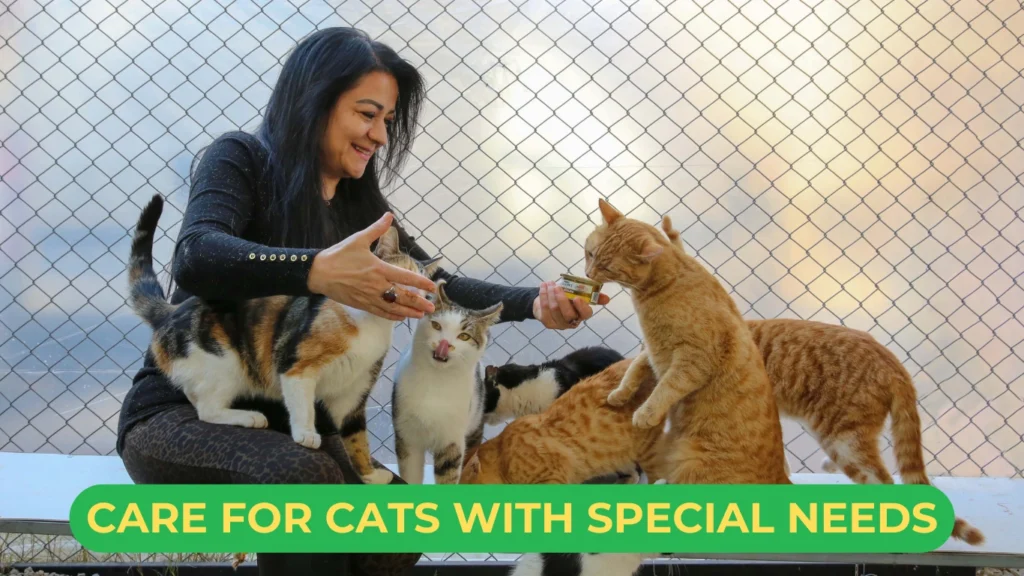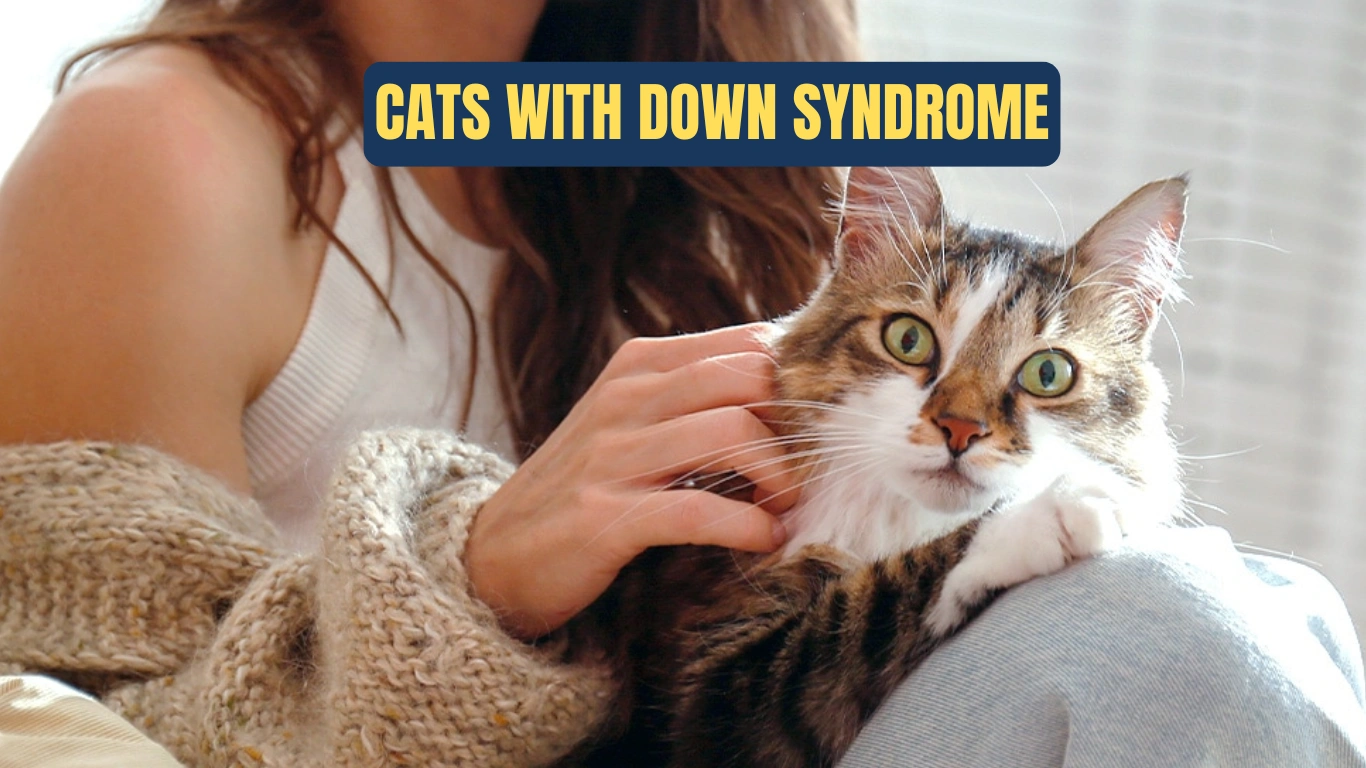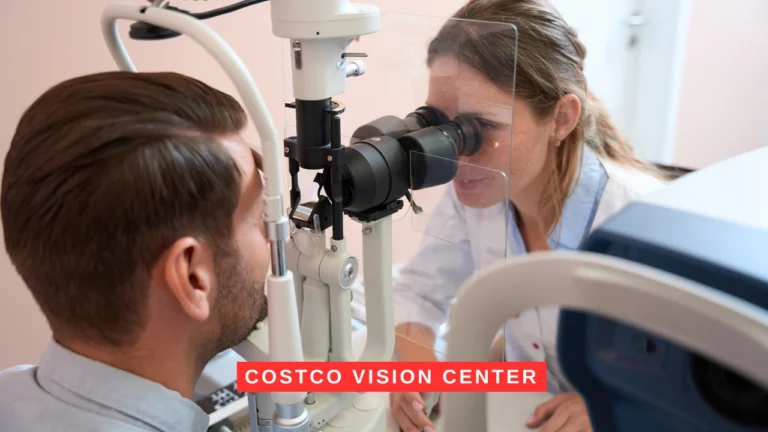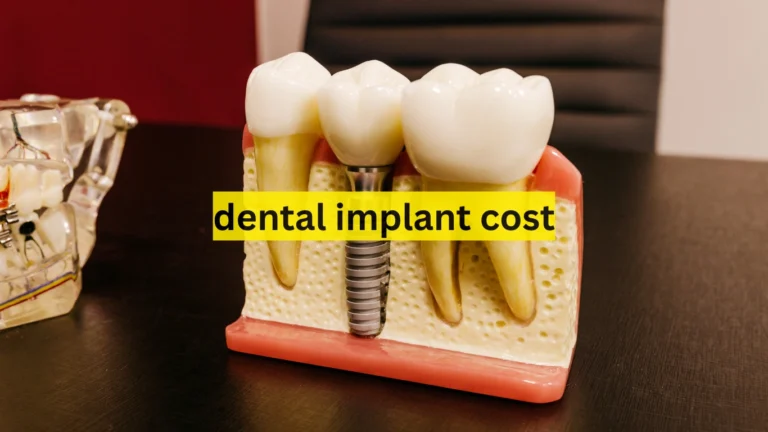Cats with Down Syndrome: Understanding the Truth
Cats with Down syndrome is a term that often confuses cat owners when they notice unusual physical traits or behavioral patterns in their pets. Many cat owners wonder if their feline companions can have Down syndrome. This question arises when a cat shows unusual physical traits or behavioral differences similar to those seen in humans with Down syndrome. The truth is that cats cannot have Down syndrome in the same way that humans do. This is because Down syndrome is caused by an extra copy of chromosome 21, which cats do not possess. Humans have 23 pairs of chromosomes, while cats only have 19 pairs, making it genetically impossible for cats to develop Down syndrome.
Why Cats Cannot Have Down Syndrome
Down syndrome is a genetic condition that results from an extra copy of chromosome 21 in humans. Since cats have only 19 pairs of chromosomes, they cannot have trisomy 21, which is the cause of Down syndrome. This fundamental genetic difference makes it impossible for cats to have Down syndrome. However, some cats show physical and behavioral traits that resemble Down syndrome symptoms. These traits include wide-set eyes, poor muscle tone, motor dysfunction, and developmental delays. These symptoms are usually caused by congenital disabilities, neurological issues, or genetic mutations rather than an extra chromosome. Understanding the true cause of these symptoms is essential for providing proper care for cats with Down syndrome-like symptoms.
How to Care for Cats with Special Needs

Caring for a cat with genetic or congenital abnormalities requires patience and consistency. Cats with poor coordination need a safe environment with minimal obstacles. Keeping furniture in the same place helps cats with vision problems feel more secure. Ramps and soft bedding can provide comfort and make it easier for cats with mobility issues to move around. Feeding schedules should remain consistent, and a specialized diet may be necessary for cats with metabolic or thyroid problems. Cats with hearing loss can respond well to visual cues or vibrations. Enrichment activities, such as interactive toys and scratching posts, help keep cats mentally and physically stimulated. Regular veterinary check-ups are important for monitoring the cat’s condition and adjusting care.
Cats with Down Syndrome – Why It’s Genetically Impossible
Cats with Down syndrome is a term that confuses many cat owners when they notice unusual physical traits or behavioral patterns in their feline companions. Some cats exhibit traits that resemble Down syndrome in humans, such as wide-set eyes, poor coordination, and developmental delays. This leads many pet owners to wonder if their cat might have Down syndrome. However, the truth is that cats cannot have Down syndrome due to their genetic structure. While cats can display similar physical and behavioral traits, the underlying cause is typically a genetic disorder or congenital condition unrelated to Down syndrome.
Common Conditions Resembling Down Syndrome in Cats
| Condition | Cause | Symptoms |
|---|---|---|
| Cerebellar Hypoplasia | Underdevelopment of the cerebellum | Poor balance, tremors, difficulty walking |
| Feline Dysautonomia | Dysfunction of the autonomic nervous system | Digestive issues, poor muscle control |
| Congenital Hypothyroidism | Low thyroid hormone at birth | Lethargy, weight gain, slow growth |
| Hydrocephalus | Fluid buildup in the brain | Enlarged head, seizures, vision issues |
| Chromosomal Abnormalities | Genetic mutations | Wide-set eyes, cognitive delays, poor muscle tone |
Cerebellar hypoplasia is a condition where the part of the brain that controls balance and coordination is underdeveloped. Cats with this condition often have trouble walking or standing. Feline dysautonomia affects the nervous system, leading to problems with muscle control and digestion. Hydrocephalus, which is caused by fluid buildup in the brain, can cause seizures and pressure on the brain, affecting the cat’s behavior and movement. While these conditions may cause symptoms similar to cats with Down syndrome, they stem from different underlying medical issues.
Signs and Symptoms of Down Syndrome-Like Traits in Cats
Cats with Down syndrome-like traits often display distinct physical differences and behavioral issues. Common physical characteristics include wide-set eyes, a flattened nose, and a larger-than-average head size. Some cats may have small or abnormally shaped ears and poor muscle tone, which can cause difficulty walking or balancing. Behavioral signs include delayed development, poor coordination, and difficulty learning new tasks. Some cats may have trouble jumping or responding to visual or auditory cues. Cats with Down syndrome-like symptoms might display tremors, seizures, or unusual posture. Vision and hearing problems are common, especially in cats with hydrocephalus or other congenital conditions.
Developmental delays can affect how cats interact with their environment and other animals. A cat with poor muscle control may stumble or struggle to climb onto furniture. Cats with vision problems may hesitate when navigating new spaces or bumping into objects. Identifying these symptoms early is essential for providing the right support. Understanding the root cause behind these issues is crucial, especially for cats with Down syndrome-like symptoms.
Diagnosing Genetic and Congenital Issues in Cats
cats with Down syndrome, a veterinarian must conduct a thorough examination. A physical exam and neurological assessment are the first steps. Blood tests, imaging studies like X-rays or MRIs, and genetic testing can help identify the underlying condition. Cerebellar hypoplasia is usually diagnosed through imaging studies and neurological exams. Hydrocephalus is confirmed through an MRI or CT scan, revealing fluid buildup in the brain. Genetic testing can identify chromosomal abnormalities or congenital disabilities. Early diagnosis helps to manage symptoms and improve the cat’s quality of life. Dietary changes and medications can help improve muscle control and digestion for cats with Down syndrome-like symptoms caused by feline dysautonomia.
Conclusion
Cats with Down syndrome are a common misconception, but the truth is that cats cannot have Down syndrome because they have only 19 pairs of chromosomes, unlike humans, who have 23 pairs. Down syndrome in humans results from an extra copy of chromosome 21, which does not exist in cats. However, cats can exhibit similar physical and behavioral traits due to genetic mutations, congenital disabilities, or neurological conditions like cerebellar hypoplasia, hydrocephalus, and feline dysautonomia. Understanding the difference is crucial for providing the right care. Early diagnosis and targeted treatment can help manage symptoms effectively, ensuring that cats with special needs lead healthy and fulfilling lives.Cats with Down syndrome is a common misconception among pet owners.







